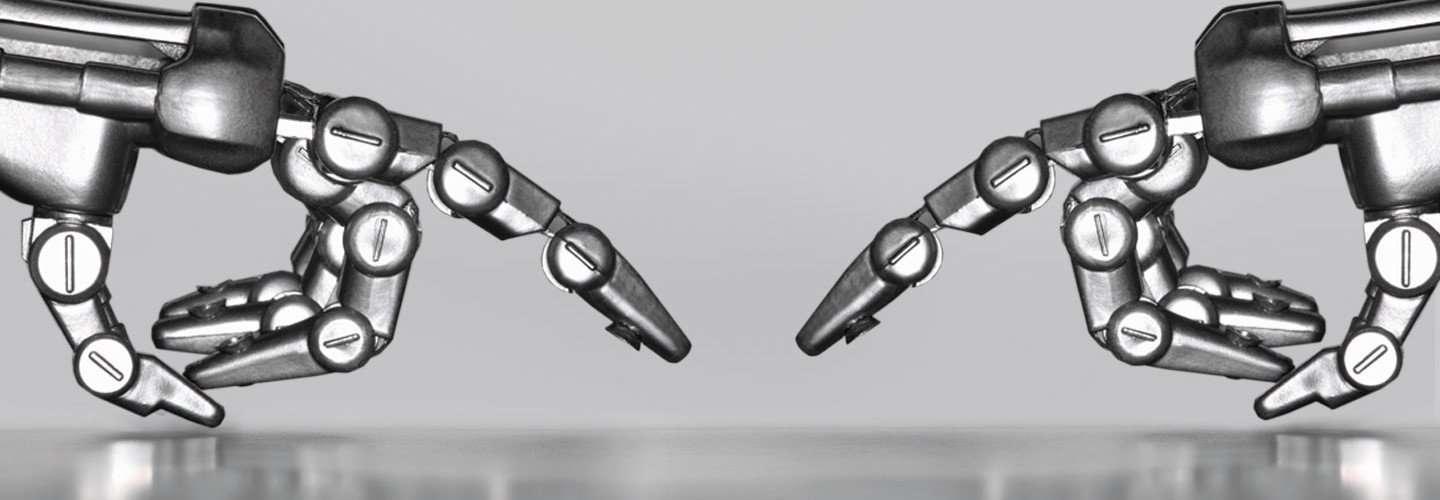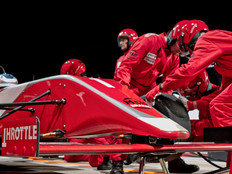Artificial Intelligence and Robotics Slowly Enter College Classrooms
Every so often, a college or university makes headlines for incorporating robots into classrooms in new ways.
In 2014, for example, Merryland International School in Abu Dhabi launched what it bills as the first robotics lab in a United Arab Emirates school, with 30 robots assisting with instruction — including a robotic dog that falls asleep when students aren’t paying attention.
Meanwhile, researchers at the University of Southern California are studying how socially assistive robots could help children diagnosed with autism by providing personalized encouragement.
But will robots ever lead their own seminars and deliver lectures on college campuses? Not anytime soon, experts say. The leaps required to create robots capable of moving, learning and communicating on the same level as a Ph.D. are great enough that the scenario, for now, remains the stuff of science fiction. Still, intelligent software is making headway when it comes to helping college students master content, and it is likely robots will make similar inroads as developers find ways to make them more human-like.
The answer to when robots will teach at universities depends, in part, on how “robot” is defined. As Susan Imberman, associate professor of computer science at the College of Staten Island, notes: “The definition of ‘robot’ has gotten kind of murky.”
Investing in Smart Software
In 2012, the education nonprofit ITHAKA published a study that examined the use of interactive online learning systems in university classes. Most people would not consider students sitting at computers as being taught by “robot instructors,” but those students rely on software to guide them through material, offer hints when they’re struggling and share their progress with human instructors.
Potential cost savings from hybrid courses taught jointly by human instructors and intelligent software
SOURCE: "CfA Commons" (Code for America, March 2014)
And when combined with in-person meetings as part of a hybrid learning model, the software did as good a job of teaching the material as a regular instructor in a traditional class, the study found.
“People might be amused by seeing some machine with blinking eyes,” says William G. Bowen, ITHAKA’s founding chairman, “but I don’t think it’s necessary.”
While intelligent tutoring systems are still in their infancy, Imberman says interest in self-directed online learning will likely continue to push them forward: “I think those systems will become more intelligent, more responsive.”
Robots Never Lose Patience
Juyang Weng, a computer science professor at Michigan State University, sees potential for robots to demonstrate physical processes for students in the future, perhaps guiding art students’ hands as they draw, teaching tennis techniques in physical education classes or punching the buttons on video game controllers to help game-design students discover and fix flaws.
“The robot can keep doing the same thing for one student, and then the next,” Weng says. “They never lose patience.”
Will researchers ever produce a robot whose intelligence and body are both so advanced that it can handle a course load all on its own? Only time will tell.
“Will an actual robot come in and replace me one day? I hope not. I like my job,” Imberman says. “But I can’t say it will never happen.”








